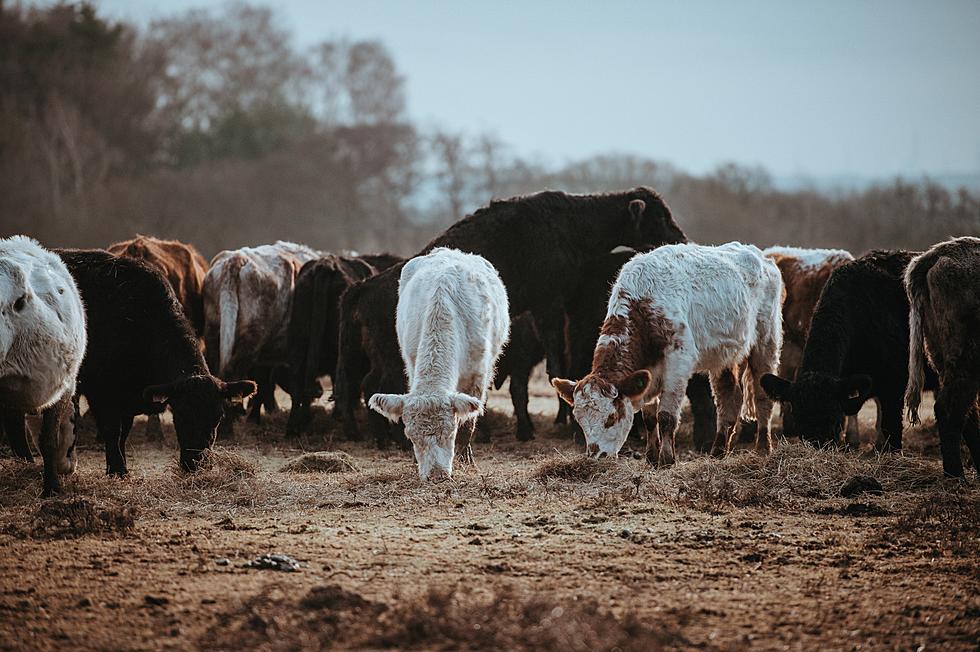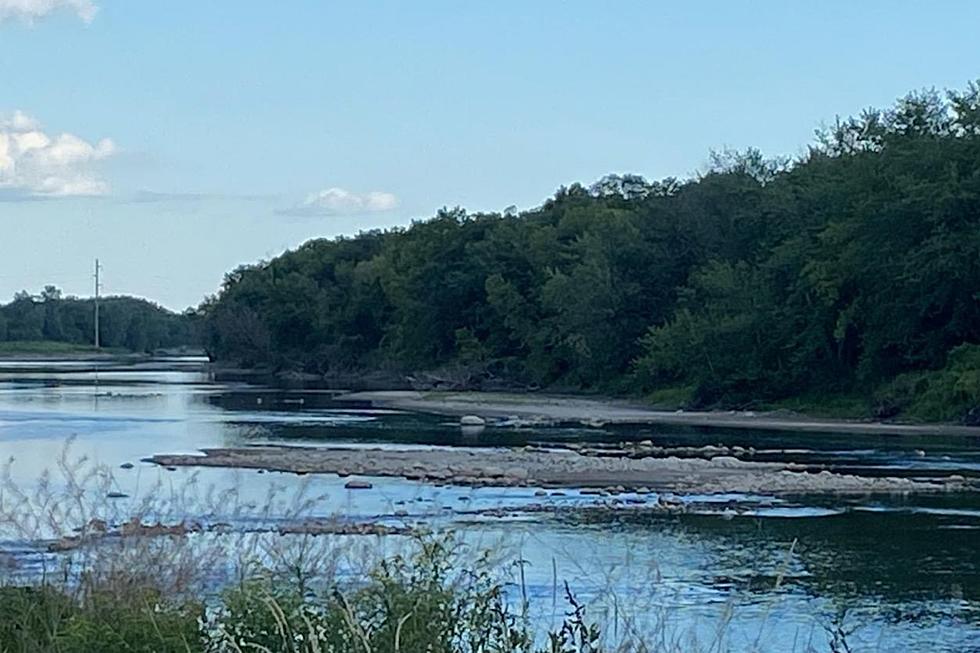
Continuing Dry Conditions Worsen Drought in Iowa
When you get excited over .15 inches of rain, you know the weather has been dry. That was the reality in the Cedar Rapids area on Thursday when we finally got a little rain. Unfortunately, it didn't have any positive impact as the drought continues to worsen across much of Iowa. And it's not just an Iowa problem.
The latest Drought Monitor shows that nearly three-quarters of the state of Iowa is now abnormally dry. What may surprise you, is that's about 5 percent lower than at this time last year. However, the percentage of the state experiencing actual drought conditions is much worse.
In the first week of August in 2020, just over a third of Iowa (34 percent) was in a Moderate Drought. This year, it's more than half the state (53.88 percent). The percentage of Iowa considered to be in Severe Drought has more than doubled, from less than 16 percent to more than 33 percent now. A year ago, 6.16% of Iowa was experiencing an Extreme Drought. 2021 is very close to 2020 levels... currently standing at 6.95%.
The latest Drought Monitor update says this, in part, about the Midwest:
... rainfall was generally insufficient to produce notable changes, except in parts of western Wisconsin, eastern Michigan, and a few other isolated areas. However, conditions deteriorated significantly across Minnesota and northern Iowa, most notably in several large patches in Iowa and adjacent Minnesota, where extreme drought (D3) was introduced. Most of these areas recorded 4.5 to 6.0 inches less than normal rainfall during the past 60 days, and up to 8.5 inches short of normal since early May.
Ninety-eight percent of the western U.S. is now abnormally dry. The areas of Extreme Drought have skyrocketed from 5% to 64% over the past 12 months. An Exceptional Drought wasn't being experienced anywhere in the west a year ago. It now stands at 25 percent.
It's truly a tale of two sides of the Mississippi RIver. East of the river, drought conditions are almost nowhere to be found.
LOOK: The most expensive weather and climate disasters in recent decades
KEEP READING: Get answers to 51 of the most frequently asked weather questions...
More From 94.1 KRNA









